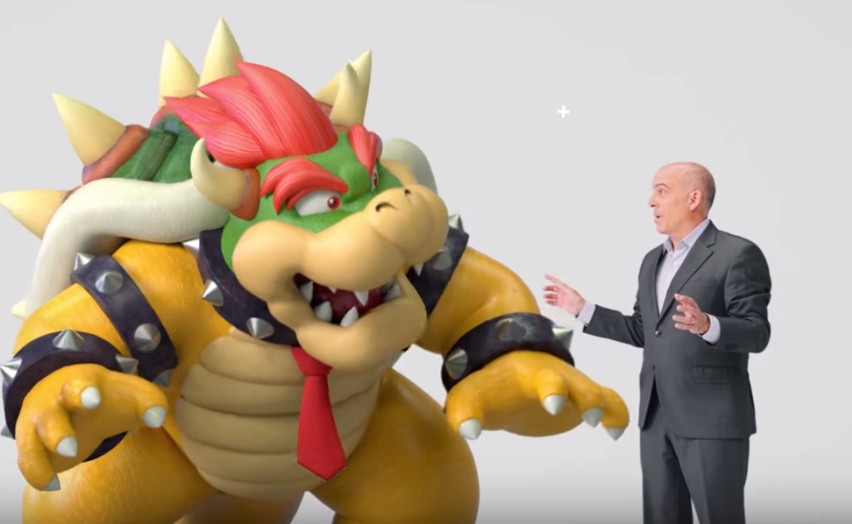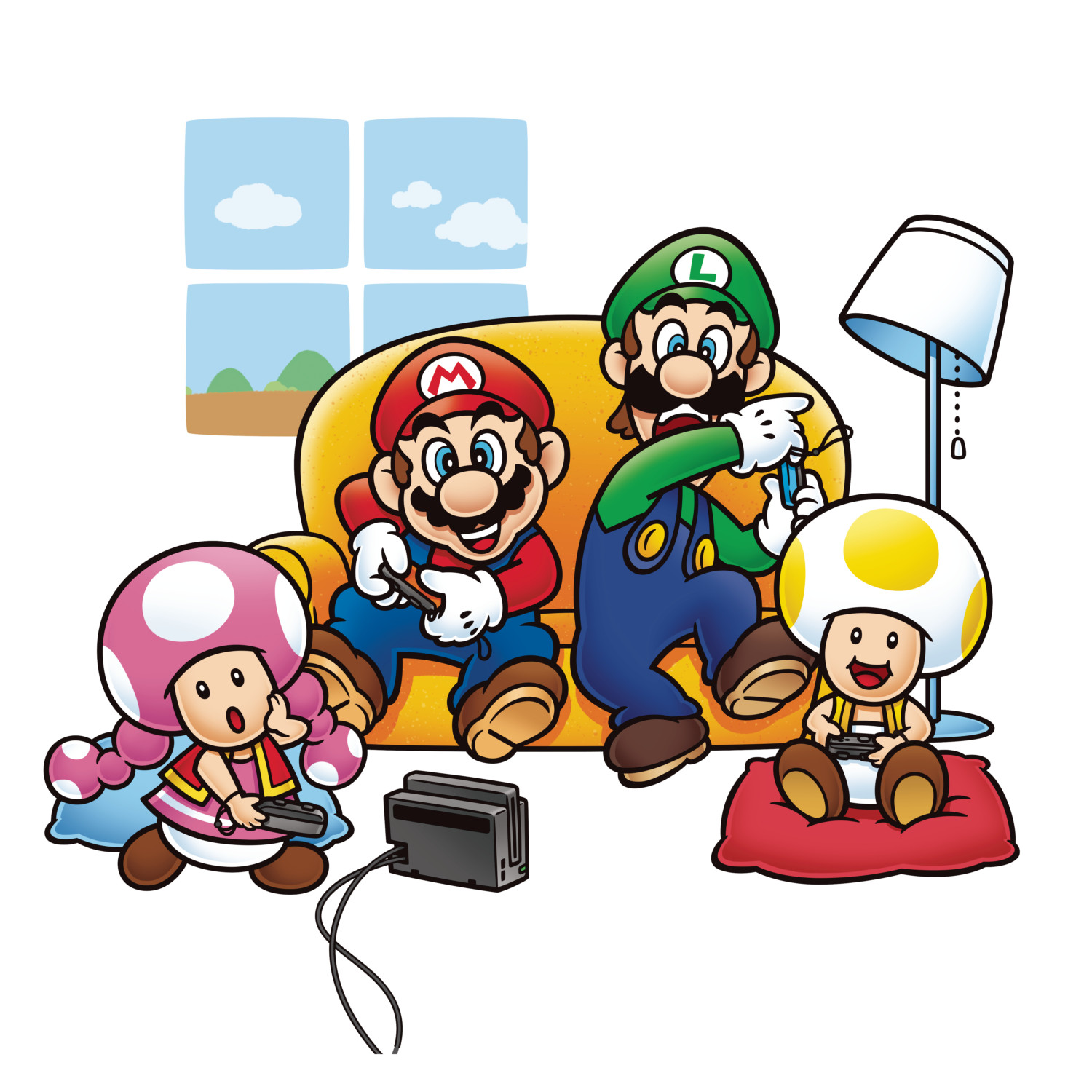
Nintendo America President Doug Bowser Comments On Joy-Con Drift And Switch Pro Rumors
Earlier today, Polygon published a lengthy interview with Nintendo Of America President Doug Bowser, where he answered several questions related to the Switch console and its future.
Of particular note were Bowser’s comments on the Joy-con drift issue as well as the rumors surrounding the Switch Pro. With regards to drift, Bowser said they were “working closely” with consumers and striving to make improvements going forward.
Bowser: First and foremost, we want every consumer to have a great experience with their Nintendo Switch and with the games they play on Nintendo Switch. That’s of utmost importance to us. Our mission is to put smiles on faces. And we want to make sure that happens. If consumers have any issue with our hardware and/or software, we want them to contact us, when we will work through the proper solution to get them up and running as fast as possible.
Specific to the Joy-Cons themselves, we’ve been working very closely with consumers if and when they might have issues, whether it’s a replacement or repair. And then, what I will say, as we look at our repair cycles, we’re always looking at what is being sent in and for what reasons, and understanding that better. And without going into any details, it always gives us an opportunity to make improvements as we go forward.
As for the Switch Pro, Bowser’s comments imply that Nintendo will be focusing on the existing Switch and Switch Lite models for now, and any potential “Pro” model might be a ways off.
Polygon: Obviously, rumors of a “Switch Pro” have basically been floating around for years at this point. You know, for a while it was alongside the Switch Lite, and then that didn’t end up happening. These days, hardware strength is all the rage. Nintendo has never been one to push hardware, but obviously, at this point, a 720p handheld screen is getting a little bit creakier. How does that match with Nintendo’s long-held strategy of updating the hardware after, let’s say, three or four years?
Bowser: A couple of thoughts there. There were a few questions in there. Let me just break it down. First, we’re always looking at technology. And as we know, technology is constantly evolving and changing. And we’re always looking at what is coming to determine: How can it enhance and improve the gameplay experience? And whether that’s on a current platform, or whether that’s on a future platform, we’re always looking at that.
However, we also see right now — and we just talked about it — that the momentum on Nintendo Switch and Nintendo Switch Lite in the fourth year is strong. And we believe we’re changing the trajectory of another typical console life cycle. And we will continue, for the foreseeable future, to really lean into both of those platforms and the content that comes with it, because it’s the symbiotic relationship that makes the real difference. And it’s why Nintendo Switch is so differentiated.
First, the hardware form factor, obviously, is something — that you have a gaming system that you can play at home as a console, and you can take on the go and play in handheld mode virtually anywhere — is unique and remains unique within the industry. But then the way we build games onto the platform, and the way partners build games onto the platform, is really what matters and the experience that you have when you play. So that’s what we’ll continue to lean into as we go into really what will be the fifth year of Nintendo Switch. And as Mr. [Shuntaro] Furukawa [president of Nintendo] mentioned in his corporate management policy briefing, we believe we’re just at the midpoint of this life cycle on this platform.
Polygon: So I guess that that goes back to my question, which is to say, because of the success of the Switch and the Switch Lite, does that buy you time with hardware that, if it wasn’t doing as well, you would need to refresh sooner?
Bowser: It allows us to to manage the life cycle differently, I would say. I think that’s the easiest way to put it. Right now, with the momentum that we have, our focus will be on the existing form factors.
What do you think? Let us know in the comments.
